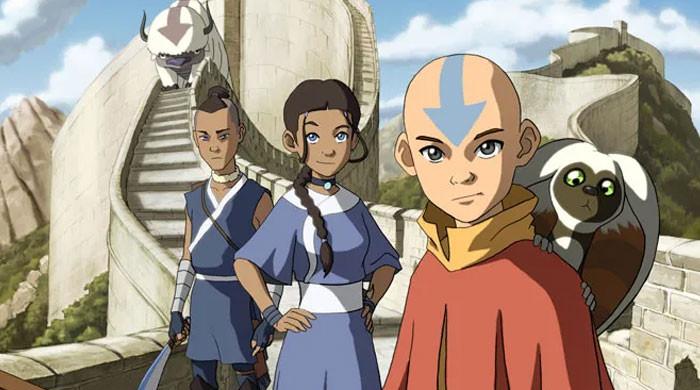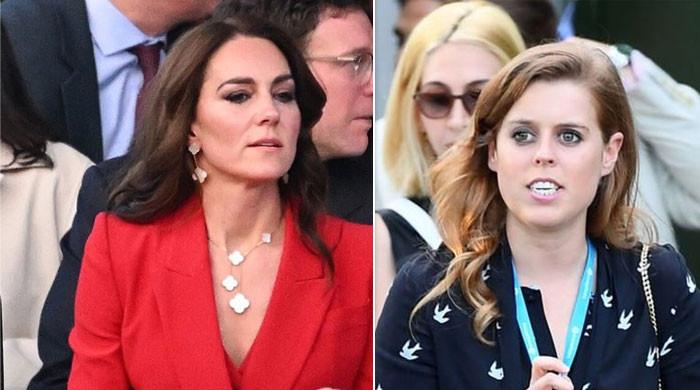Chrissy Teigen has opened up about her friendship with Meghan Markle.
On Saturday, October 11, the 39-year-old model, television personality, and author…

Chrissy Teigen has opened up about her friendship with Meghan Markle.
On Saturday, October 11, the 39-year-old model, television personality, and author…

In a recent interview with Decider, Keira Knightley said that prior to joining the voice cast of Audible’s “Harry Potter: The Full Cast Audio Editions” as Professor Umbridge, she was “not aware” of the fan boycott of all…

Victoria Beckham is reportedly in desperate effort to end family feud with Brooklyn Beckham and Nicola Peltz.
Insiders recently told Radar Online,…

Paris Hilton recently shared her…

Bryan Konietzko, who is one of the creators of Avatar: The Last Airbender, is hyping up the forthcoming animated movie titled The Legend of Aang.
During a…

Kate Middleton’s thoughts about Princess Beatrice and Princess Eugenie’s desperate situation has come into view.
An…

Alex Kingston is opening up about her battle with cancer and the terrifying medical incident she experienced while on stage.
The “ER” and “Doctor Who” star, 62, revealed in an interview with The Independent published Oct. 10 that she completed…